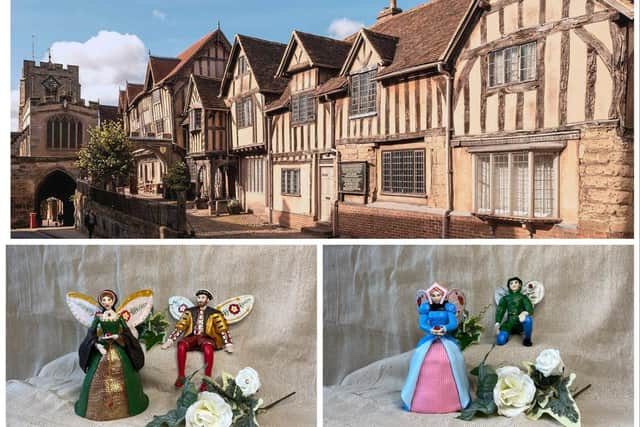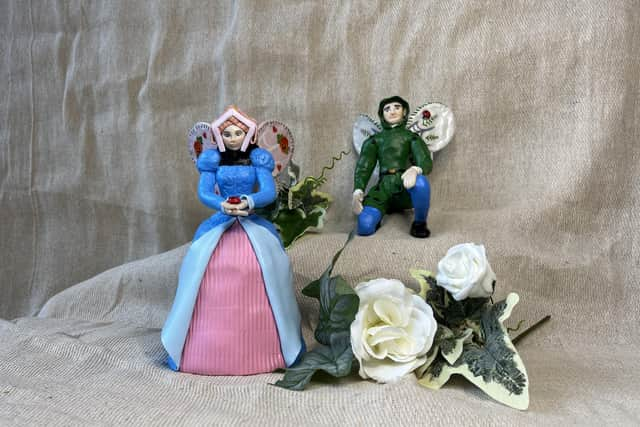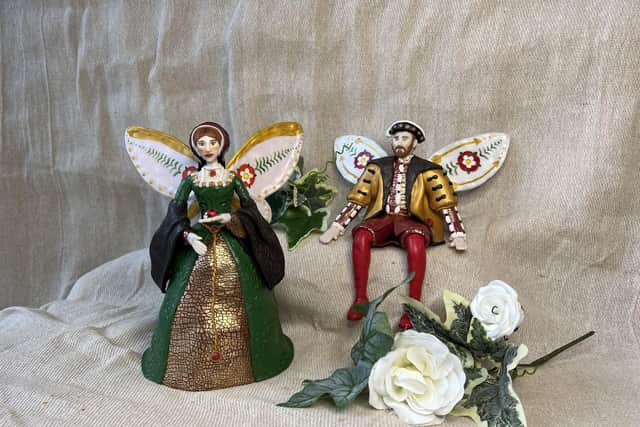Warwick's historic Lord Leycester set to launch fairy trail in time for Easter holidays
and live on Freeview channel 276
One of Warwick’s historic landmarks is launching a Tudor Fairy Trail in time for the Easter holidays.
The Lord Leycester, which is in High Street, will be hosting the trail in the Master’s Garden from Monday April 1, which is also bank holiday Monday.
Advertisement
Hide AdAdvertisement
Hide Ad

According to the team at the site, “the fairy trail aims to enhance the visitor experience and family offering, whilst encouraging visitors to explore the historical 400-year-old Master’s Garden at the medieval heritage site in Warwick town centre”.
Local artist Amelia Jeffcock, of AJ Art and Design, has worked over the past few months on hand-crafting and designing 10 Tudor inspired fairies for the trail.
The fairies are inspired by the fashions of the Tudor period and the changing ideas of fairies in the Elizabethan times.
Fairies were once thought of as scary, malicious creatures living amongst humans, however, Shakespeare helped alter the narrative to form the conventional image of fairies – small, fun and whimsical creatures living in their own ethereal realm.
Advertisement
Hide AdAdvertisement
Hide Ad

Like the work of Shakespeare, his ideas on fairies have endured to this day, and in some respect redefined the essence of fairies.
Speaking about the project, Amelia said: “I have thoroughly enjoyed working on this project for the Lord Leycester and have had a lot of fun researching Tudor fashion and fairy folklore.”
This project was funded by the National Lottery Heritage Fund, following the recently £4.5m restoration of the Lord Leycester and is a new addition to the site.
Visitors to the Lord Leycester will recognise some famous Tudor nobles that the fairies are based on, including the founder of the Lord Leycester, Robert Dudley, as well as Queen Elizabeth I, King Henry VIII and Anne Boleyn.
Advertisement
Hide AdAdvertisement
Hide Ad

A spokesperson from the Lord Leycester said: “The fairy trail will be included in the price of a general admission ticket to the medieval half-timbered buildings built by the Guilds of Warwick in the late 1300s.
“It is a fun, family-friendly activity that children can undertake by searching for the fairies throughout the gardens and launches just in time for the Easter holidays and the upcoming summer.”
For more Information go to: https://www.lordleycester.com/
